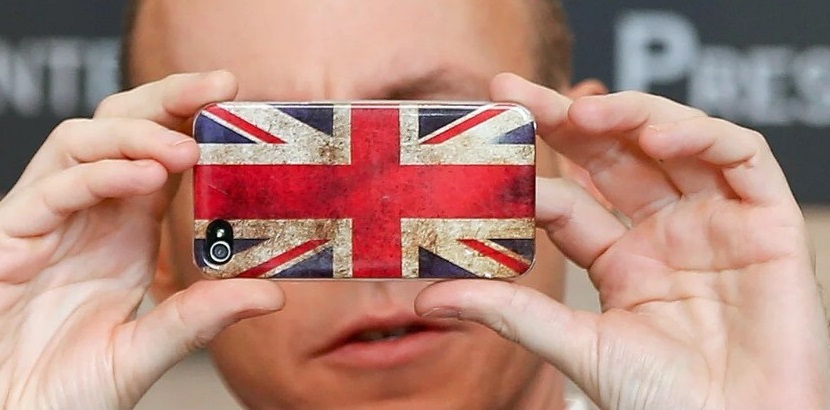Latest UK mobile statistics and advertising data

British consumers’ obsession with their mobile devices has been capitalised upon by marketeers and their digital ad spend. According to PWC and IAB, for the first time in the first half of 2016, UK figures show that more digital display budget was being spent on mobile (£802m) than on PC and tablet (£762m). The figures also revealed that overall digital ad spending is up 16%, with mobile digital ad spend increasing to 56%.
Smartphone penetration is approaching a peak in the UK (Global Mobile Consumer Survey 2016) and due to British consumers growing reliance on smartphones for information and entertainment, spend on mobile video advertising has also seen a big increase, up 129% to £298m in Q1 and 2 of 2016. Social media spending has also been increasingly diverted to mobile, with PWC/IAB stating that 80% of social media advertising campaign budgets are now prioritized to smartphones.
According to recent YouGov data, 8 out of 10 Britons check their smartphone within an hour of waking up and among younger users (18-34s) 86% check their device within the first half hour and almost half of 18-24 year olds checking their phone in the middle of the night.
Overall, UK adults spend nearly half (46%) of their Internet time on a mobile, compared to 41% on desktop or laptop (UKOM).
Women have been found to spend more of their Internet time on their mobiles than men (52%) and recent research from Worldpay found that more women than men in the UK use their mobile to shop.
The sixth annual edition of the UK Mobile Consumer survey analyses the current trends in the mobile industry. Some key findings include:
- 27% of smartphones include a fingerprint reader, of which 76% are used.
- 4G adoption has more than doubled in the last year, from 25% to 54%.
- 31% of smartphone users make no traditional voice calls in a given week. This contrasts with a quarter in 2015.
- The majority of survey participants have downloaded 20 or fewer apps.
- By mid-2016, almost two-thirds of UK adults had access to a tablet, but penetration growth had slowed down.